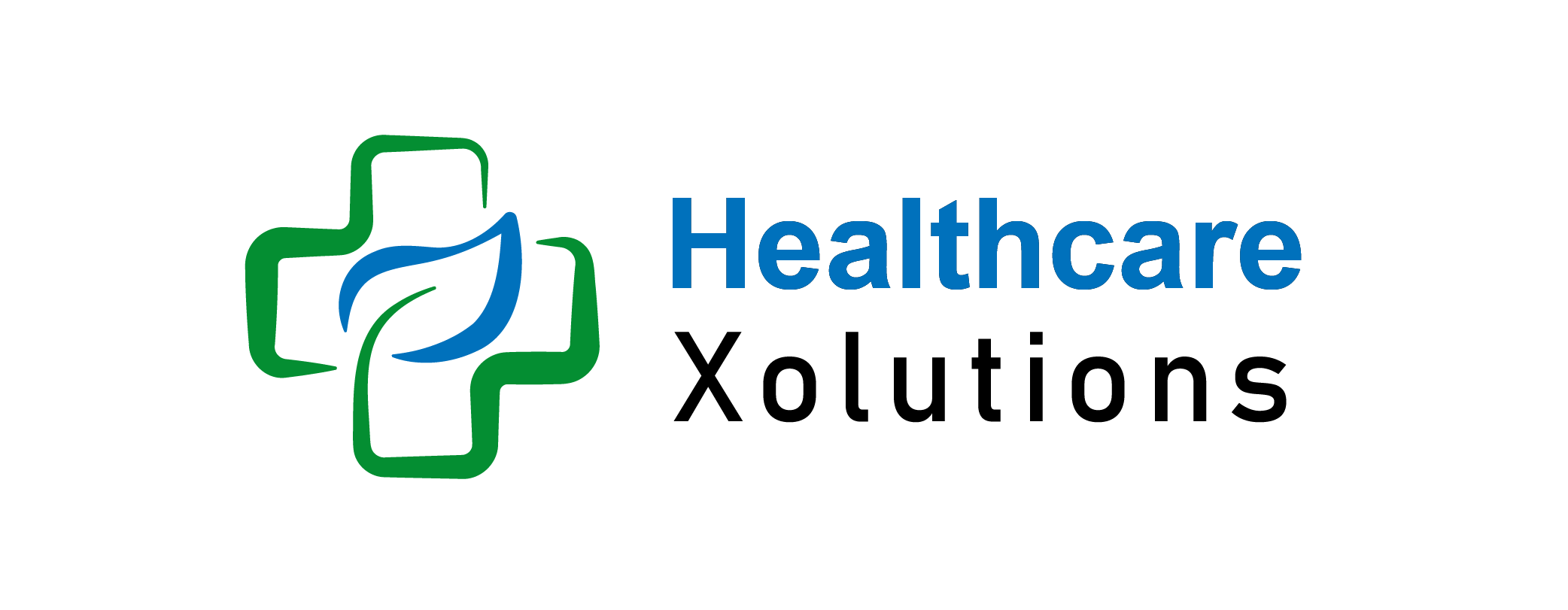Understanding Health Insurance Terms: A Beginner’s Glossary

Navigating the complexities of health insurance is crucial, especially with the evolving landscape in 2024. With the average annual premiums for employer-sponsored family health coverage reaching $25,572—a 7% increase from the previous year it’s imperative to choose a plan that aligns with your healthcare needs and financial situation. This guide provides an in-depth look at various health insurance plans, helping you make informed decisions. (By KFF)
Are you confused by health insurance jargon? This article explains common health insurance terms to help you make informed decisions and manage your coverage effectively.
Key Takeaways:
- Premiums, Deductibles, and Out-of-Pocket Maximums are fundamental components of health insurance costs.
- Choosing in-network providers can significantly reduce your healthcare expenses.
- Regularly reviewing your Explanation of Benefits (EOB) helps you understand what your insurance covers and your financial responsibilities.
- Utilizing Health Savings Accounts (HSAs) and Flexible Spending Accounts (FSAs) offers financial tools for managing out-of-pocket healthcare costs.
- Selecting the appropriate plan type (HMO, PPO, EPO) ensures your coverage aligns with your medical needs and budget.
Table of Contents
What Is Health Insurance?
Health insurance is a type of coverage that pays for medical, surgical, and sometimes dental expenses incurred by the insured individual. It can also cover preventive care, such as vaccinations, screenings, and check-ups.
Types Of Health Insurance:
- Public Health Insurance: Government-funded programs (e.g., Medicare, Medicaid in the U.S.).
- Private Health Insurance: Plans offered by private companies.
- Employer-Sponsored Insurance: Provided by an employer as part of employee benefits.
Key Health Insurance Terms Explained:
- Coverage: Health insurance covers expenses for treatments like doctor visits, hospitalization, surgeries, prescription medications, and sometimes mental health services. Some policies include maternity care, rehabilitation services, or alternative therapies.
- Premium: The premium is the regular payment you make (usually monthly) to keep your health insurance active. Think of it as the subscription fee for your healthcare plan.
- Deductible: The deductible is the amount you must pay out of pocket for medical services before your insurance starts contributing. For example, with a $1,500 deductible, you’ll cover costs up to that amount before your plan kicks in.
- Copayment (Copay): A copay is a fixed fee you pay for specific services, like $30 for a doctor’s visit or $10 for a prescription. Copays often apply once your deductible is met.
- Coinsurance: Coinsurance is your portion of healthcare costs after meeting your deductible, expressed as a percentage (e.g., 20%). For a $100 service, you’d pay $20, and your insurer would cover the rest.
- Out-of-Pocket Maximum: This is the maximum amount you’ll pay for covered services within a plan year. Once you reach this limit, your insurer pays 100% of covered costs, including deductibles, copays, and coinsurance.
- Network: A network comprises the doctors, hospitals, and healthcare providers contracted by your insurer to offer discounted rates. Staying in-network usually reduces your costs.
- HMO (Health Maintenance Organization): An HMO requires you to use in-network providers and typically mandates referrals from your primary care doctor to see specialists.
- PPO (Preferred Provider Organization): PPOs provide flexibility, allowing you to see in-network and out-of-network providers without referrals. However, out-of-network care often costs more.
- Explanation of Benefits (EOB): The EOB is a summary you receive after a medical service. It details what your insurance covers, what you owe, and how the costs were calculated.
- Formulary: A formulary is your insurance plan’s list of covered prescription drugs, often divided into tiers that determine your out-of-pocket costs.
- Preventive Care: Preventive care includes services like vaccinations, screenings, and check-ups designed to catch health issues early. Most plans cover these services fully.
- Preauthorization: Preauthorization (or prior approval) may be required for certain treatments or medications. It ensures the service is medically necessary before coverage kicks in.
- Out-of-Network: Out-of-network providers don’t have agreements with your insurance plan, often leading to higher costs or no coverage.
- Claim: A claim is a formal request for payment submitted to your insurer by you or your healthcare provider for received services.
- Subsidy: Subsidies are government-funded financial aids designed to lower health insurance costs, typically based on income.
Conclusion – Health Insurance Terms:
Mastering health insurance terminology is key to navigating your plan effectively. By familiarizing yourself with these terms, you’ll be better equipped to select the right coverage, control medical expenses, and maximize your benefits. If you have further questions, reach out to your insurance provider or a qualified advisor for personalized assistance.
FAQs – Health Insurance Terms:
1. What does a deductible mean in health insurance?
A deductible is the amount you must pay out of pocket for healthcare services before your insurance starts to cover costs.
2. What is an out-of-pocket maximum?
The out-of-pocket maximum is the maximum amount you’ll pay in a year for covered services. After reaching this limit, your insurance covers 100% of the costs.
3. What is an Explanation of Benefits (EOB)?
An EOB is a document from your insurer explaining what services were covered, the costs covered, and your financial responsibility.
4. How does a Health Savings Account (HSA) work?
An HSA is a tax-advantaged savings account used to pay for qualified medical expenses. It’s typically available with high-deductible health plans (HDHPs).
